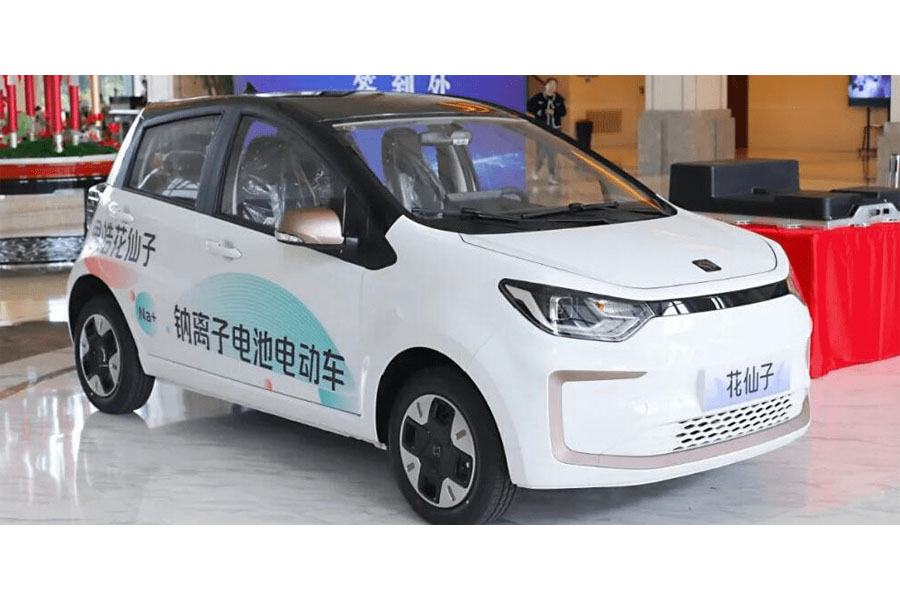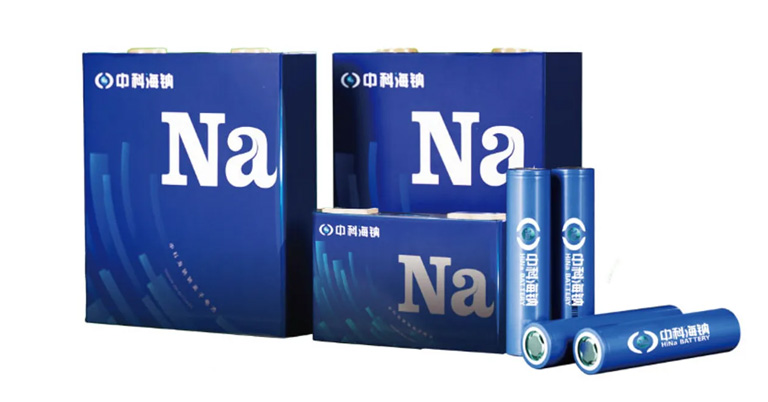No headings found
HiNa, a sodium-ion battery manufacturer, has introduced its latest Na-ion battery lineup, designed primarily for commercial EV fleets. The new "Haixing" cells come in four battery pack options: K150, K210, K280, and K350, likely named after their capacities. This article will discuss everything about the latest HiNa Sodium-ion battery for EV Fleets in more detail.
HiNa Sodium-ion battery Overview
Usage and Energy Density

The new battery packs serve different types of EVs. K150 and K210 are meant for short-range electric vehicles, while K280 and K350 target long-range logistics EVs. HiNa is already supplying sodium-ion batteries for the Jiwei 3, an EV developed by JAC and Volkswagen’s joint venture in China. The Jiwei 3’s 23 kWh Na-ion battery offers a 230 km range (CLTC cycle), using the previous generation's 140 Wh/kg energy density cells.
The new HiNa batteries improve this to 165 Wh/kg, bringing them closer to LFP battery levels. The base Tesla Model 3 (RWD) has 125 Wh/kg CATL batteries for comparison.
Cost and Charging Speed
One of sodium-ion technology’s biggest advantages is cost reduction. HiNa's Na-ion batteries are 30-40% cheaper to produce than lithium-based alternatives. They also support fast charging, reaching full charge in under 25 minutes.
Additionally, the batteries function in extreme temperatures, ranging from -40°C to 45°C (-40°F to 113°F), making them suitable for various climates. They also offer longer lifespans, maintaining good capacity even after 8,000 charge cycles.
No Active Polls
There are currently no polls available. Check back later for new polls to participate in!
- Also, read
Production and Market Impact
HiNa operates a GWh-level factory and is scaling up production. By offering low-cost, high-output sodium-ion batteries, the company aims to establish Na-ion technology as a competitive alternative to lithium-based cells, especially for commercial EV fleets.






